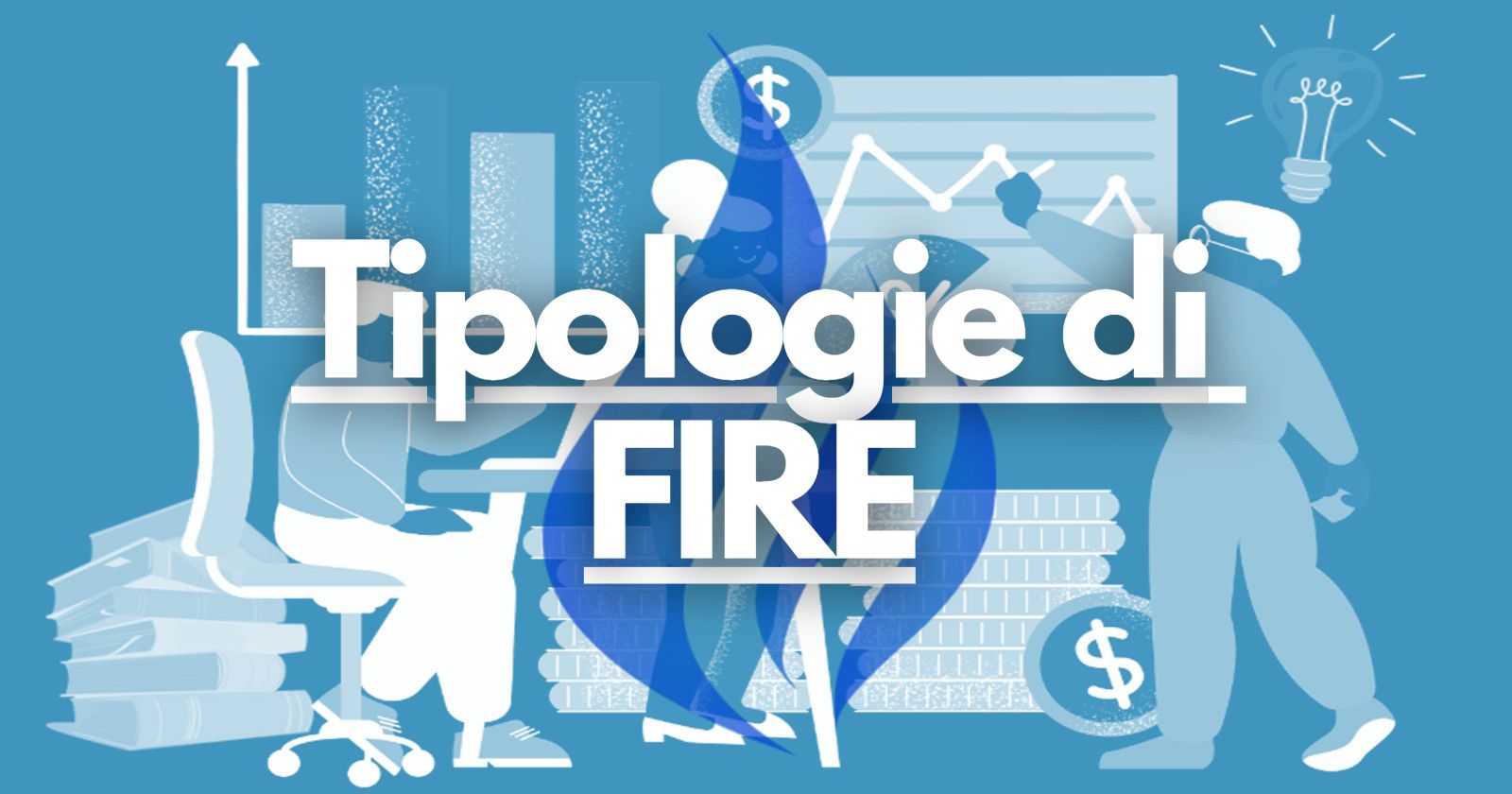
The traditional FIRE strategies aim to apply the rule of 4% and therefore set the goal of having a net worth 25-30 times higher than expected living expenses once retired.
However, there are several alternatives to traditional FIRE that have different strategies and objectives.
The type of FIRE is determined by the calculation of one's own FI Target, that is, the amount of savings necessary to achieve financial independence. This is not a fixed target but depends on individual circumstances and objectives.
The average monthly salary in Italy is around €30,000 gross per year, which corresponds approximately to €2,500 gross per month [1].
To maintain an "average" salary, a target FI of €750,000 is therefore necessary, variable depending on factors such as your lifestyle, the city where you live, and their family situation.
If we consider an "average" target of €750,000 for a single individual without a dependent family, then we can consider that a lower target falls within the definition of Lean FIRE, while a much larger one results in the so-called Fat FIRE:
Lean FIRE
Lean FIRE promotes extreme frugality in order to achieve financial independence as soon as possible, by setting lower FI goals.
This implies that you do not fall prey to the lifestyle creep and maintain a frugal lifestyle during both the accumulation and retirement phases of FIRE.
Lean FIRE is easier to achieve for those who live in areas with a low cost of living (ad is. outside the big cities) and does not plan to have children or other large expenses.
FAT FIRE
Fat FIRE is the opposite school of thought to Lean FIRE. Aim to achieve financial independence with a much higher FI goal of the average cost of living, so you can afford more luxuries.
To achieve Fat FIRE you generally need several million in net worth, this type of FIRE is generally accessible to those with very high salaries or other forms of income.
Coast FIRE / Barista FIRE
These two types of FIRE fix both a lower intermediate FI goal that is not enough to retire (RE) but which allows some personal freedoms, such as reducing working hours or switching to a less stressful job.
Once you reach your Coast FIRE goal, active investments are stopped and the accumulated capital is left to grow independently, while continuing to work to cover daily expenses.
The idea is that, in the end, initial investments will grow enough to allow you to achieve complete financial independence at a later age.
In the meantime, given that there is no longer a need to save a large part of your salary, you have the option to reduce your working hours or switch to a less stressful job e, Therefore, generally less paid.
This is where the term “Barista” FIRE comes from, very popular in the United States, where many people choose to move on to more personally rewarding jobs, even if they are less paid, just like that of the bartender.
Flamingo FIRE
The Flamingo FIRE, an interpretation of Coast FIRE, is a strategic approach to retirement planning that focuses on accumulating half of your desired retirement capital as a target for Coast FIRE.
Once you reach this milestone, the active accumulation of savings is interrupted and working hours are reduced, thus allowing you to enjoy more free time.
Despite the cessation of active saving, the accumulated capital continues to grow through investments.
This concept was popularized by Money Flamingo blog.
The term “Flamingo FIRE” was coined in reference to the behavior of flamingos that stand on one leg, symbolizing the individual who has achieved half of his financial goal.
Slow FIRE
Slow FIRE is an alternative approach to FIRE that condones aggressive saving and investment if this hinders the enjoyment of one's current life.
Slow burners save and invest but aim to use FIRE to improve their current living and working conditions rather than making sacrifices to retire young.

Link
Where you earn the most in Italy: the ranking of the regions and cities with the highest salaries